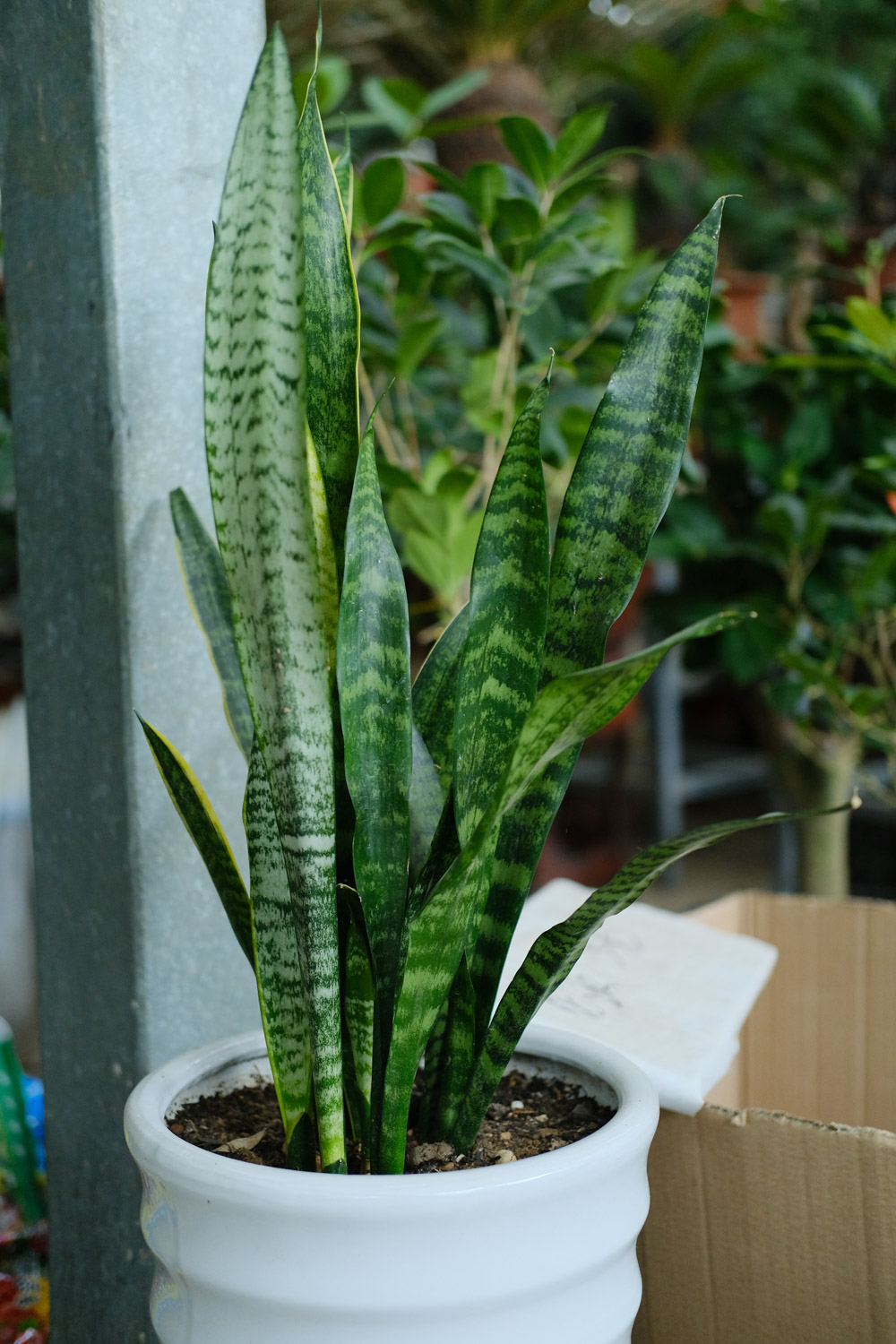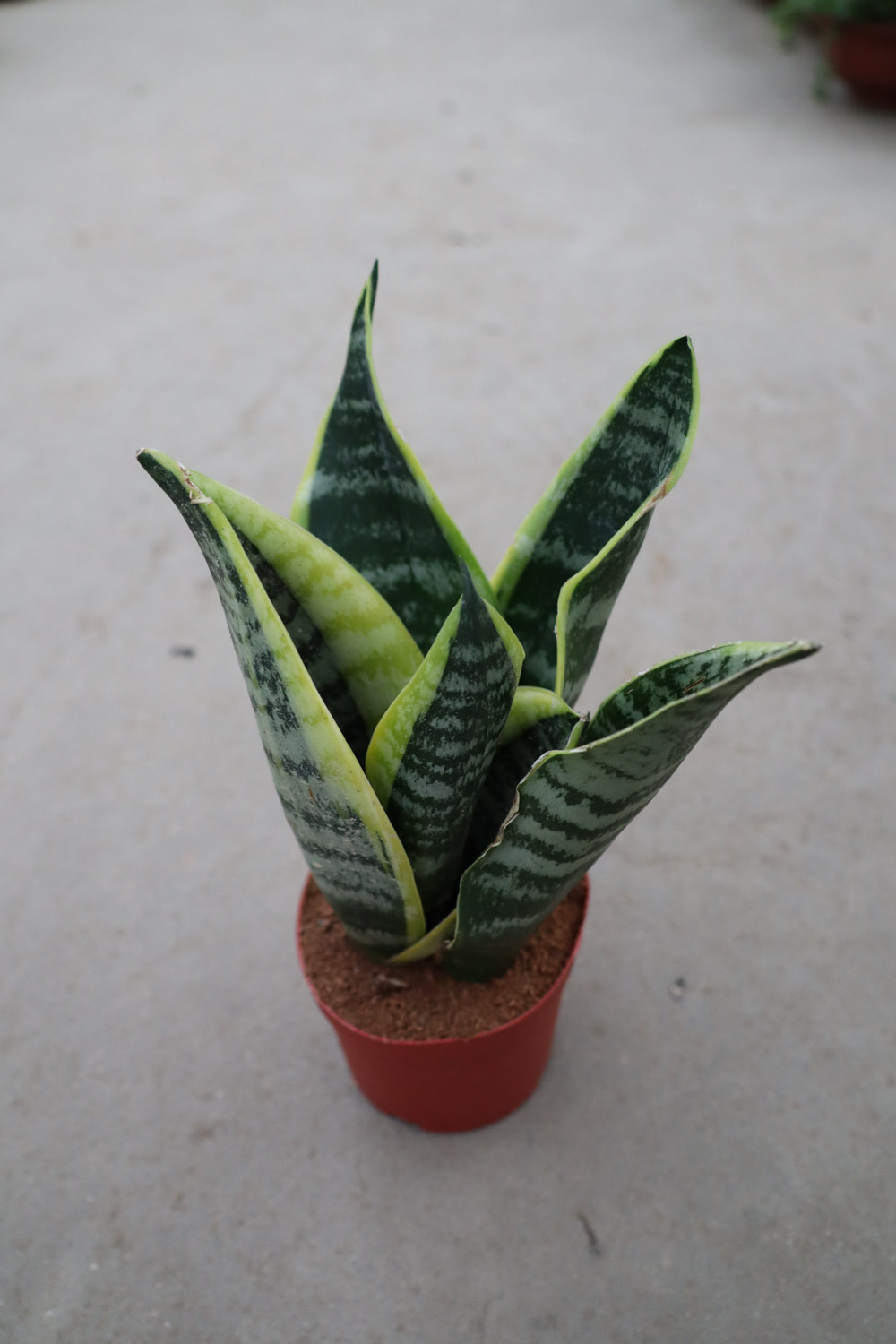Fertilization time
When planting tiger tailed orchid, you can put some organic fertilizer at the bottom of the basin first, and then apply it with poultry manure, and hemp cake powder water can also be used
At the later stage of growth, there is no need to use fertilizer, because tiger skin orchid has the ability of drought resistance and barren resistance
The demand for fertilizer is not very high. Generally, in the season with high growth demand, it is only necessary to apply thin fertilizer once or twice every 30 days, so as to ensure that the leaves of the plant are shiny and green

Precautions for fertilization
It is better to apply fertilizer with liquid fertilizer, especially pay attention not to overuse. You can selectively ripen soybeans in the flowerpot without contacting the root system, so as to play a good role in supply

Other management methods
Soil
The key to the growth of hupilan lies in the soil. The soil should be loose, breathable and non stick humus soil, mixed with carbon ash and river sand, so as to ensure that its roots have sufficient oxygen and enable it to grow normally
Illumination
The growth of plants is inseparable from light. When lighting in summer, we should pay attention to shielding treatment to avoid strong sunlight. Later, we can put it in a ventilated place to grow. You will find that the cultured hupilan will be particularly strong and the color will be very bright
Moisture
During the growth period, the water does not need to be used too much. The soil should be kept dry to avoid too wet. The leaves of hupilan can retain a certain amount of water, so not watering for a short time will not have any impact on it. In winter, it is necessary to reduce the number of watering, do not water as much as possible, and occasionally wet it. If you water it regularly, the leaves of hupilan will rot quickly. Therefore, this is very important in winter


 how many times do yo...
how many times do yo... how many planted tre...
how many planted tre... how many pine trees ...
how many pine trees ... how many pecan trees...
how many pecan trees... how many plants comp...
how many plants comp... how many plants can ...
how many plants can ... how many plants and ...
how many plants and ... how many pepper plan...
how many pepper plan...































